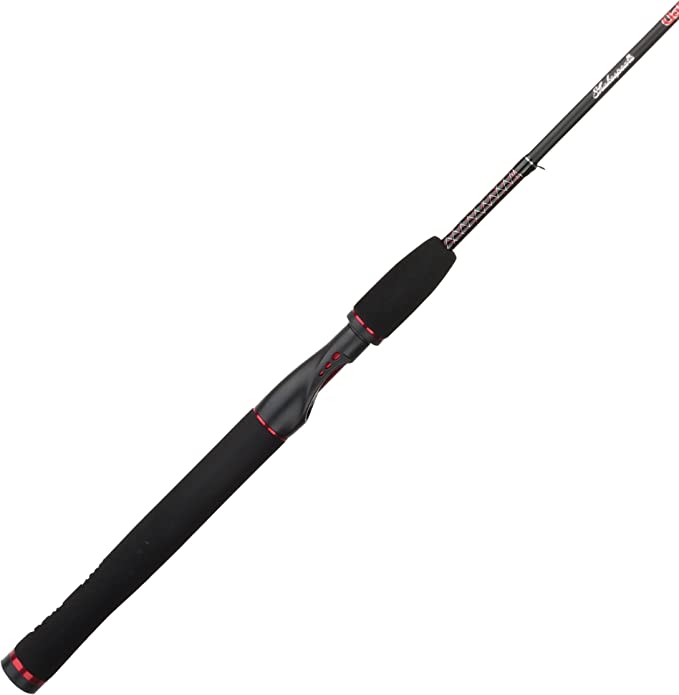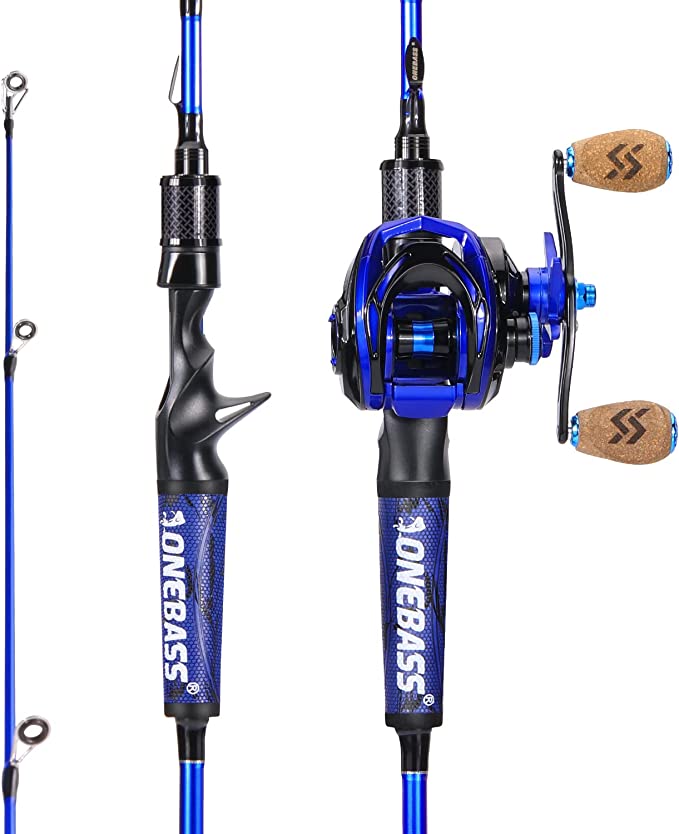Pellethead Freedom Stove: Your Portable Culinary Companion for Outdoor Adventures
Update on Aug. 2, 2025, 5:50 p.m.
There’s a raw, undeniable allure to cooking under an open sky. We’re drawn to the flicker of a campfire, the smoky aroma that clings to our clothes like a badge of honor. But beneath this romantic veneer often lies a battle. It’s the battle against uneven heat that incinerates one side of a sausage while leaving the other raw, the frustrating scrape of a spatula against a grate that refuses to release your carefully prepared fish, and the smoky sting in your eyes that feels less like communing with nature and more like a culinary assault. We crave the gourmet meals of our home kitchen, yet we’re often hamstrung by the primitive reality of our tools.
What if we could achieve culinary liberation? What if there was a way to engineer our way out of these frustrations? The modern portable propane griddle—viewed here through the lens of a case study like the Pellethead Freedom Stove—is more than just a piece of camping gear; it’s a declaration of independence from the compromises of outdoor cooking. This liberation isn’t born from marketing slogans, but from the deliberate application of material science, thermodynamics, and thoughtful engineering.

The Freedom from Sticking: A Tale of Two Materials
Every outdoor cook knows the sound: that heartbreaking tear as a pancake or piece of salmon rips apart, leaving its best parts fused to the cooking surface. For centuries, the answer to durable outdoor cooking was cast iron. From the chuckwagons of the American West to a seasoned family skillet, cast iron’s ability to absorb and radiate immense, even heat is legendary. But this power comes with a pact: the constant ritual of seasoning, the perpetual fear of rust, and a surface that can be unforgivingly sticky without perfect technique.
The modern griddle surface, a ceramic-coated iron plate, brilliantly rewrites this pact. Think of it as a perfect partnership. The iron core continues its duty as the thermal battery, storing the 13,000 BTUs of heat and distributing it evenly across the flat top. But it’s the ceramic shield that changes the game. Created through processes like the sol-gel method, this coating is a layer of kiln-fired, glass-like minerals. At a molecular level, it is incredibly dense and non-porous. Unlike the microscopic hills and valleys of raw metal, the ceramic landscape is a smooth, featureless plain.
This structure creates a surface with low surface energy, making it both hydrophobic (repels water) and oleophobic (repels oil). Food simply has nowhere to grip. This isn’t a temporary chemical trick; it’s a fundamental physical property. This is why a user might find it cleans up with a mere wipe of a towel and a little oil—it’s not magic, it’s physics at work, liberating you from the post-meal scrub session and the anxiety of a delicate cook. It honors the heat-holding legacy of iron while nullifying its weaknesses.

The Freedom of Control: Mastering the Primordial Flame
Fire is a chaotic force. For millennia, cooking over it has been an art of approximation—moving logs, raising and lowering grates, and hoping for the best. This results in a binary world of flavor: burnt or undercooked. The ability to command a precise, stable, and repeatable temperature is arguably the single greatest leap in culinary technology, and the modern griddle brings that command campsite-side.
The engine of this control is its propane-fueled heart, rated here at 13,000 BTU. A British Thermal Unit (BTU) is a precise measure of energy, and 13,000 of them provide the raw power needed for immediate, searing heat. This isn’t just about cooking faster; it’s about cooking better. That intense heat is the catalyst for the Maillard reaction, the complex chemical dance between amino acids and reducing sugars that creates the savory, brown crust on everything from steak to toast. It’s the scientific name for the color and aroma of deliciousness.
Power without control, however, is just more chaos. Fueled by propane (C₃H₈), the griddle’s burners offer this control. Propane’s simple molecular structure allows it to undergo nearly complete combustion, releasing a steady stream of energy and producing primarily just carbon dioxide and water. This clean, consistent burn, managed by a simple knob, transforms you from a fire-tamer into a chef. You can dial in the high heat for a perfect sear, then drop it instantly to gently warm tortillas or scramble eggs. This is the freedom of control—the ability to execute any recipe with intention and precision, far from the electrical grid.

The Freedom from the Elements: Engineering for a Life Lived Outdoors
Outdoor gear lives a hard life. It’s rattled in the back of a truck, exposed to damp morning dew, and baked in the afternoon sun. Equipment not built for this reality quickly fails. The longevity of a tool like this griddle is a direct result of materials chosen specifically to fight back against entropy.
The griddle’s chassis is forged from stainless steel. Its “stainless” quality is due to an invisible, almost magical property. The chromium in the alloy reacts with oxygen to form a microscopic, passive layer of chromium oxide across the entire surface. This inert film is the steel’s armor. More impressively, it’s self-healing. If scratched or dinged, the newly exposed chromium instantly reacts with the air to repair the breach, creating a continuous shield against rust and corrosion.
This resilience is complemented by the powder-coated lid. Unlike a simple layer of paint, which is essentially a colored glue dried onto a surface, powder coating is an entirely different process. A dry, pigment-infused powder is electrostatically charged and sprayed onto the grounded metal part, causing the powder to wrap around and cling evenly. The part is then baked, melting the powder into a thick, uniform, and incredibly hard plastic shell. This finish is vastly superior to paint in resisting chipping, scratching, and fading from UV radiation. It’s a process borrowed from industrial applications, like the automotive industry, designed for one thing: uncompromising durability. Every component is a conscious choice, creating a tool that isn’t just visiting the outdoors, but is truly built to live there.
In the end, the story of the modern outdoor griddle is the story of liberation. It’s about how the slick science of a ceramic surface frees you from tedious cleanup. It’s about how the controlled chemistry of propane combustion frees you from the tyranny of an unpredictable flame. And it’s about how the robust engineering of stainless steel and powder coatings frees you from the worry of equipment failure. True freedom in the wild isn’t about roughing it; it’s about having tools so thoughtfully conceived and scientifically sound that they fade into the background, allowing you to be fully present in the moment—with good company, great food, and the vast, open sky above.







































